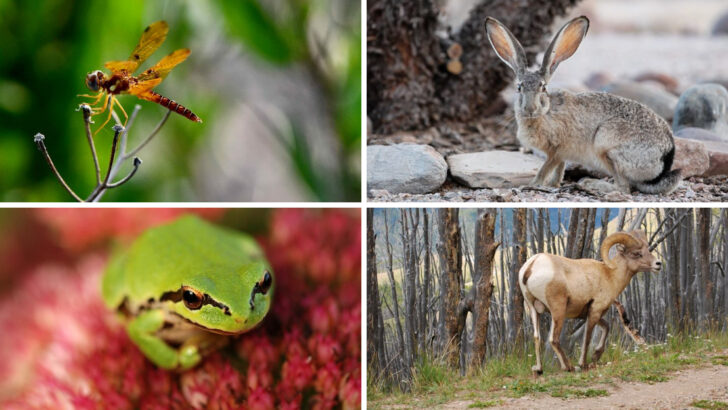Some animals belong in fairy tales.
The ones in Sequoia National Park just happen to be real.
This wild slice of California is more than just towering trees and jaw-dropping cliffs—it’s home to some of the most unforgettable creatures in North America. We’re talking bear-sized charm, sky-soaring drama, and fur, feathers, or fangs that make jaws drop.
Want to see a bobcat melt into the golden grass like a ghost?
Or hear the screech of a hawk slicing through canyon air?
Maybe cross paths with a mule deer that looks like it wandered out of a painting?
From massive mammals to tiny marvels, Sequoia’s animal lineup is pure magic.
Get ready to meet 20 wild residents that prove this park isn’t just about trees—it’s alive, loud, and crawling with jaw-dropping creatures.
American Black Bear

Imagine wandering the vibrant woods of Sequoia and suddenly spotting the majestic American Black Bear. With its thick black fur and powerful build, this bear is truly a sight to behold. Known for its curious nature, the black bear often roams the park searching for berries and insects.
These bears are excellent climbers and swimmers, adding to their fascinating adaptability. While they appear daunting, they are generally shy and avoid humans. Remember, it’s crucial to maintain a safe distance to protect both them and yourself. Keep your eyes peeled, but your distance respected!
Mule Deer
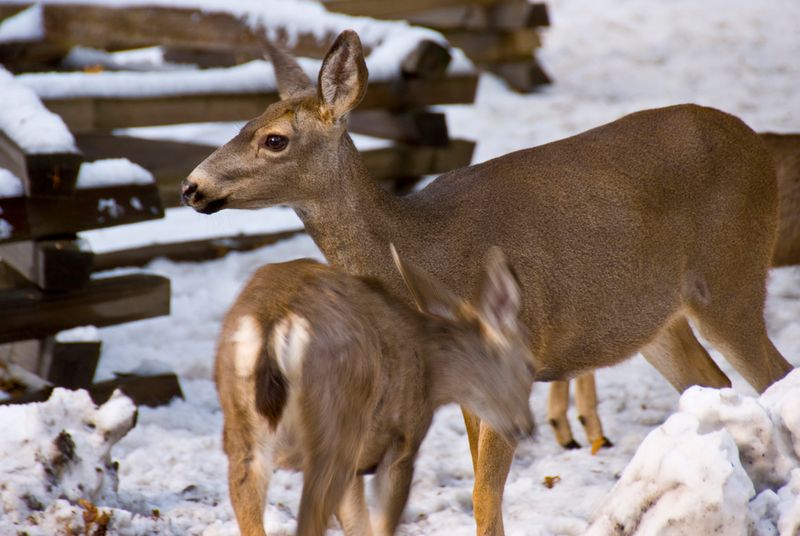
Graceful and elegant, the Mule Deer is a common yet enchanting sight in Sequoia. With their characteristic large ears, these deer are always on the alert, listening for any threats. Often seen in herds, they move with an innate grace, leaping effortlessly over obstacles.
Their diet consists mainly of shrubs and grasses, which they nibble on as they explore the park. Spotting a Mule Deer is a reminder of nature’s elegance in motion. These creatures embody a peaceful presence amidst the wild beauty of Sequoia.
California Ground Squirrel
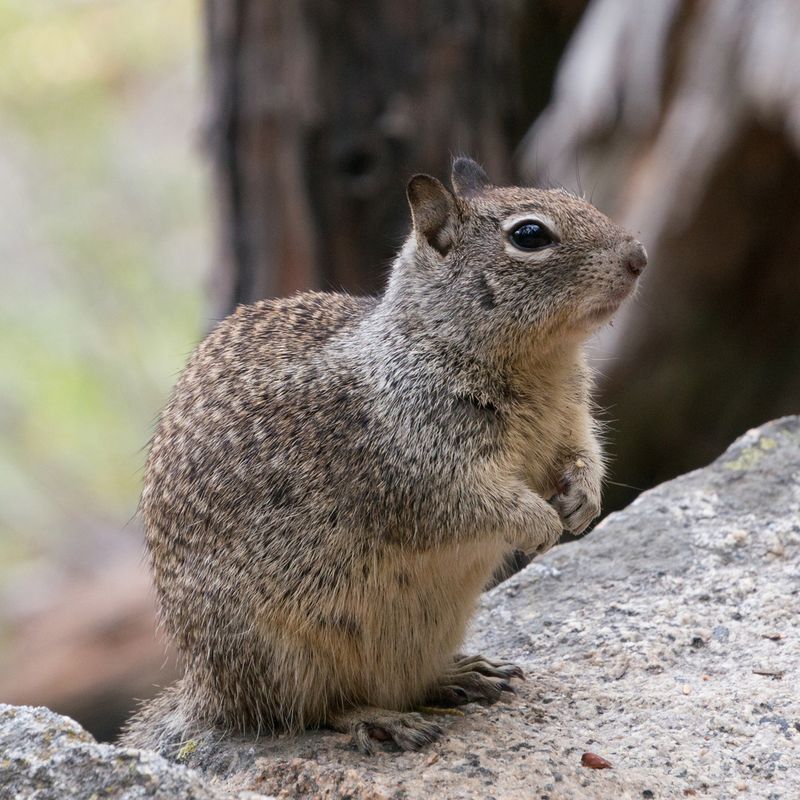
Playful and inquisitive, the California Ground Squirrel adds a touch of whimsy to the park. Often found in meadows or perched on rocks, these squirrels are always busy, gathering food or playing.
Their bushy tails and shiny eyes make them a delightful sight for visitors. These squirrels are excellent diggers, creating elaborate burrows to escape predators and harsh weather. Watching them scamper about is a joyful reminder of the lighter, playful aspects of nature.
Mountain Lion
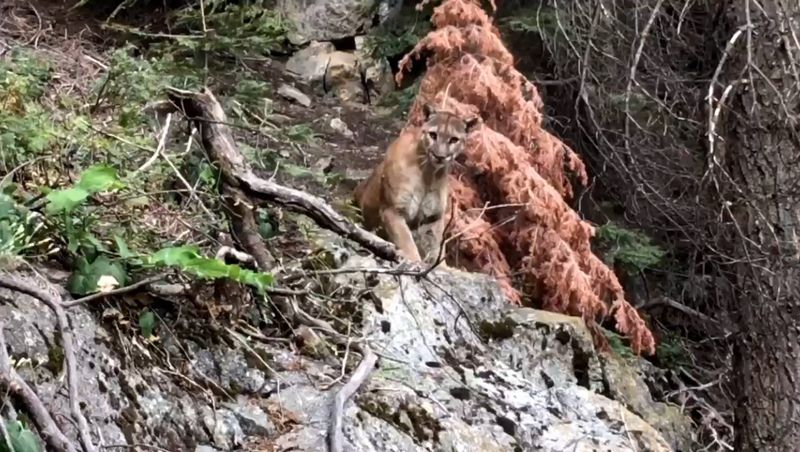
Silent and stealthy, the Mountain Lion is the park’s elusive apex predator. With its sleek body and powerful muscles, it moves through the forest with grace and authority. These big cats are solitary hunters, relying on stealth and strength to catch their prey.
Although rarely seen by visitors, knowing they roam nearby adds a thrilling edge to any hike. If you’re lucky enough to spot one, it’s a testament to the park’s wild and untamed spirit. This feline’s presence underscores the raw beauty and danger of the wild.
Western Bluebird

With a splash of blue that rivals the sky, the Western Bluebird is a charming avian resident of Sequoia. Its vibrant plumage stands out against the lush greenery, making it a favorite among bird watchers.
These birds are often seen perched on branches, singing melodiously. They feed on insects and berries, contributing to the park’s ecological balance. Spotting a Western Bluebird is like finding a jewel among the leaves, a small but stunning part of Sequoia’s biodiversity.
Great Horned Owl

Regal and wise, the Great Horned Owl commands respect in Sequoia’s twilight hours. With tufted ears and an intense gaze, these owls are master hunters, adept at catching prey under cover of darkness.
Their haunting calls echo through the woods, a soundtrack to the park’s nighttime orchestra. Seeing one perched solemnly in the trees is an unforgettable experience, capturing the mystery and majesty of the nocturnal world.
Northern Flicker

The Northern Flicker is a woodpecker with flair, boasting a spotted chest and striking red accents. Often seen clinging to tree trunks, they hammer away in search of insects, their drumming a familiar forest sound.
In flight, the flash of their brightly colored wings is a spectacle. These birds add a splash of color and rhythm to the park, a testament to the vibrant life that thrives in Sequoia’s trees.
Yellow-bellied Marmot

Basking in the sun, the Yellow-bellied Marmot is a lovable sight in Sequoia. With a plump body and distinctive yellow belly, these marmots are often seen lounging on rocks.
Social creatures, they live in colonies and communicate with whistles. Their playful antics and lazy sunbathing showcase a relaxed side of park life. Watching them is both entertaining and a testament to the park’s rich fauna.
Western Tanager
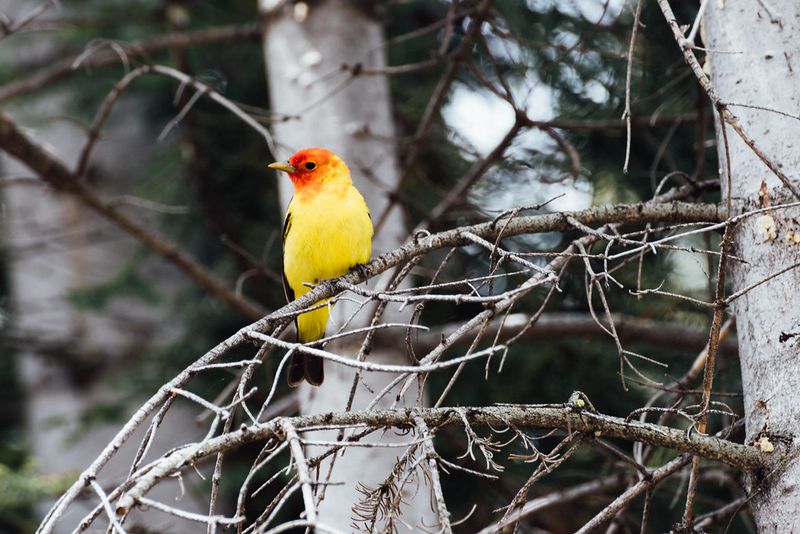
The Western Tanager is a burst of color in Sequoia’s lush forest. With bright yellow and red plumage, these birds are stunning against the green backdrop.
Their melodious song is a delightful part of the park’s auditory landscape. Feeding on insects and fruits, they play a vital role in the ecosystem. Spotting one is akin to finding a living gem in the woods, a vibrant testament to nature’s artistry.
California King Snake

The California King Snake is an elegant serpent found in Sequoia. Known for its glossy black and white bands, it glides gracefully across rocks and through the underbrush.
These snakes are non-venomous and beneficial, preying on rodents and other pests. Their presence is vital for maintaining the park’s ecological balance, a reminder of the unseen forces at work in nature’s grand design.
American Pika
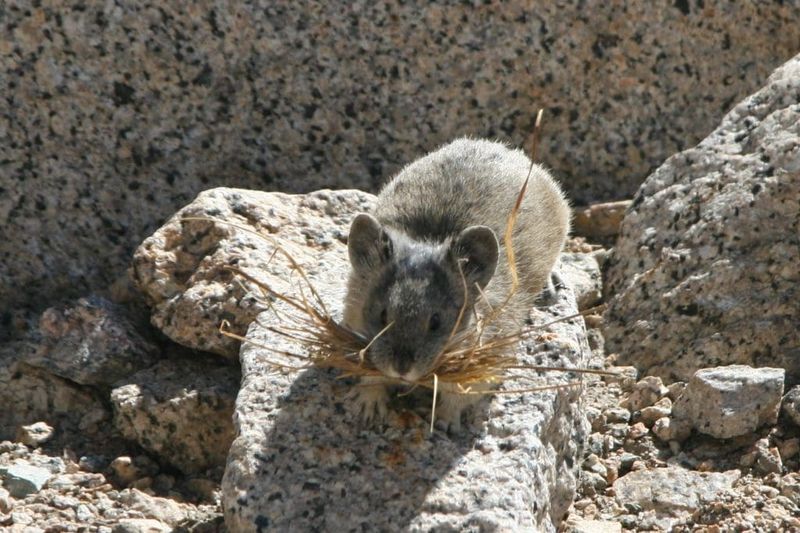
Cute and industrious, the American Pika is found among Sequoia’s rocky slopes. With its round ears and fluffy body, it resembles a tiny rabbit.
Pikas are known for their energetic activities, gathering vegetation to store for winter. Their high-pitched calls and quick movements bring vitality to the alpine landscape. Spotting a pika is like discovering a small, lively secret in the mountains.
Alligator Lizard
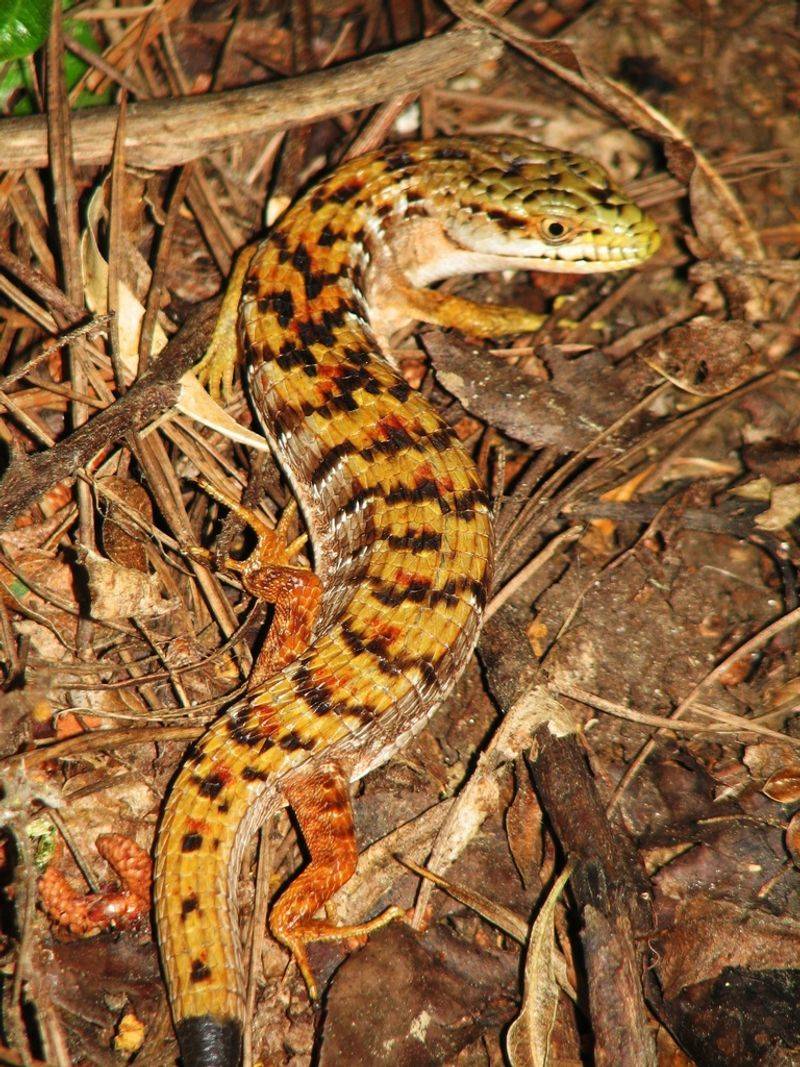
With a name as intriguing as its appearance, the Alligator Lizard is a fascinating reptile in Sequoia. Its scaly skin and elongated body give it a prehistoric look.
These lizards are adept at catching insects and can drop and regrow their tails if threatened. Often seen basking on logs, they add a reptilian charm to the park’s diverse animal life.
Brown Creeper

The Brown Creeper is a master of disguise, with plumage that blends seamlessly with tree bark. This small bird is frequently seen spiraling up trunks, searching for insects hidden in crevices.
Their cryptic coloration and quiet nature make them easy to overlook, but they are an essential part of the forest ecosystem. Observing a Brown Creeper requires patience and keen eyes, rewarding those who take the time to watch closely.
Bighorn Sheep
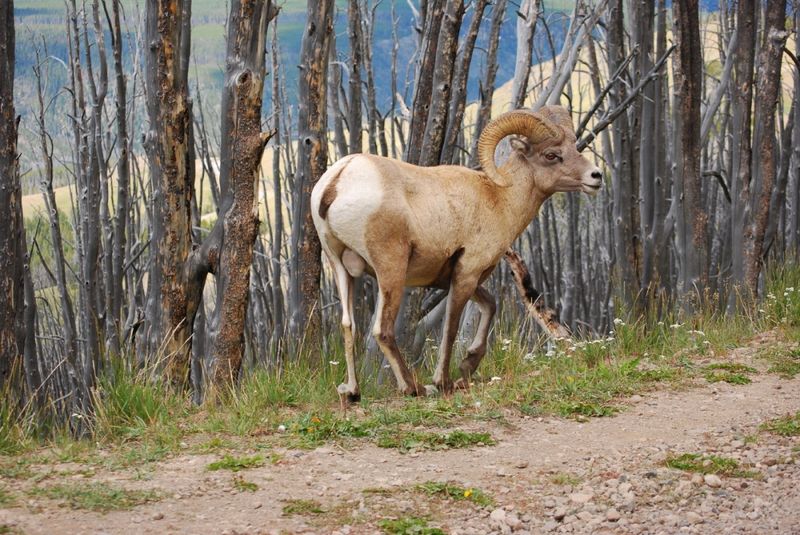
Dominating the rugged cliffs, the Bighorn Sheep is an emblem of strength in Sequoia. Known for their large, curling horns, these sheep navigate steep terrains with remarkable agility.
They thrive in rocky habitats, where their sure-footedness and keen eyesight keep them safe. Spotting these majestic creatures is a highlight, showcasing the park’s wild and untamed spirit.
Great Basin Fence Lizard

The Great Basin Fence Lizard is a sun-loving reptile of Sequoia. With rough scales and a blue belly, it basks on rocks, soaking up the warmth.
Known for their quick movements, these lizards are adept at catching insects. They also play a part in controlling pest populations, contributing to the ecological health of the park.
Red-tailed Hawk
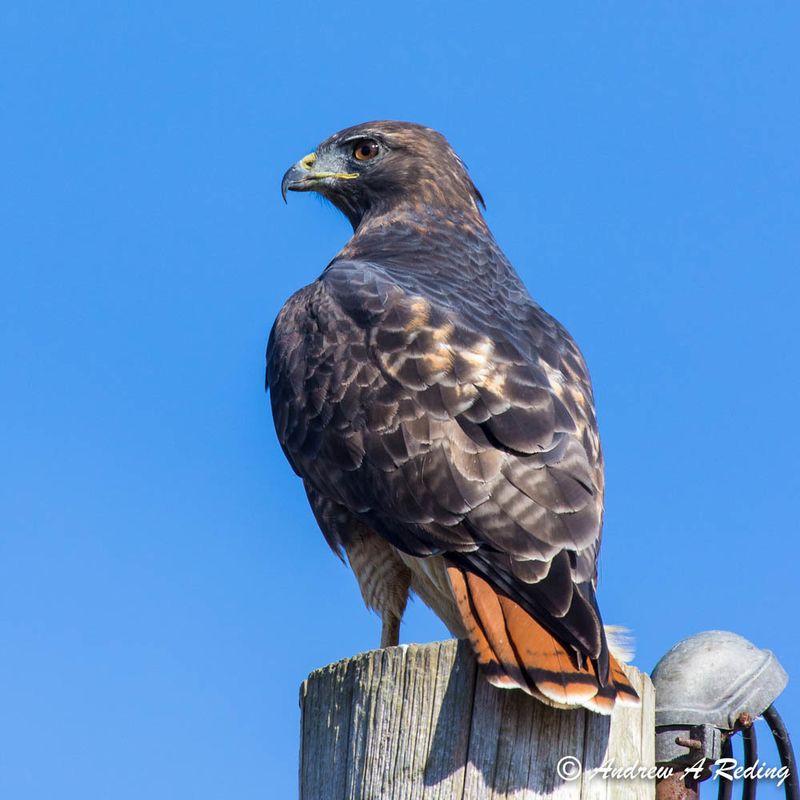
The Red-tailed Hawk is a majestic aerial predator, often seen soaring high above Sequoia. With its broad wings and distinctive red tail, it cuts a striking figure against the sky.
These hawks have keen eyesight, allowing them to spot prey from great distances. Observing one in flight is a thrilling experience, a reminder of the untamed beauty and power of nature.
Pacific Tree Frog
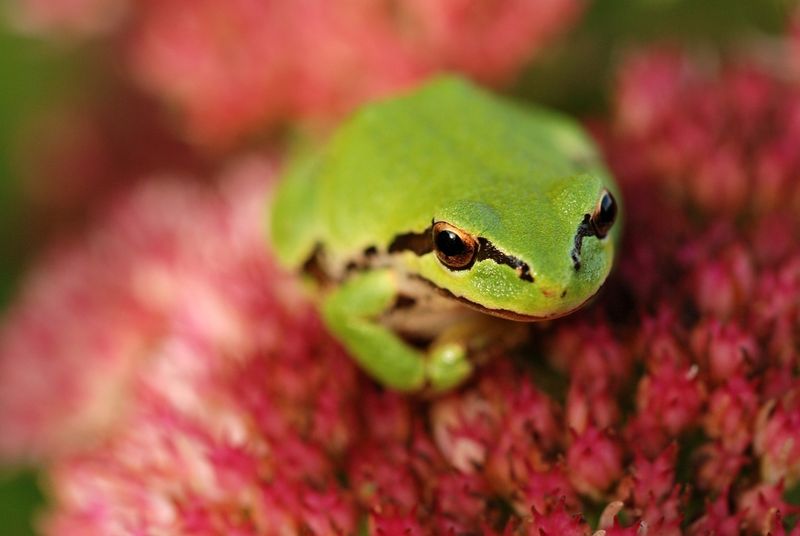
Tiny yet vocal, the Pacific Tree Frog is a lively resident of Sequoia’s damp areas. Their vibrant green skin and sticky toes make them excellent climbers.
Known for their loud calls, these frogs add a rhythmic chorus to the park’s soundscape. Their presence indicates a healthy environment, as they are sensitive to changes in their habitat.
Northern Goshawk

The Northern Goshawk is a fierce predator of the forest, with a sharp gaze and powerful flight. Often perched high in the trees, they watch for unsuspecting prey.
These birds of prey are known for their speed and agility, making them formidable hunters. Their presence is a testament to the park’s rich avian diversity and ecological health.
Black-tailed Jackrabbit

Bounding through Sequoia’s meadows, the Black-tailed Jackrabbit is a symbol of speed and agility. With long ears and powerful hind legs, they are built for quick escapes.
Their large eyes provide a wide field of vision, alerting them to danger from afar. Watching a jackrabbit race across the landscape is a dynamic spectacle, showcasing the park’s lively fauna.
Amber-winged Dragonfly
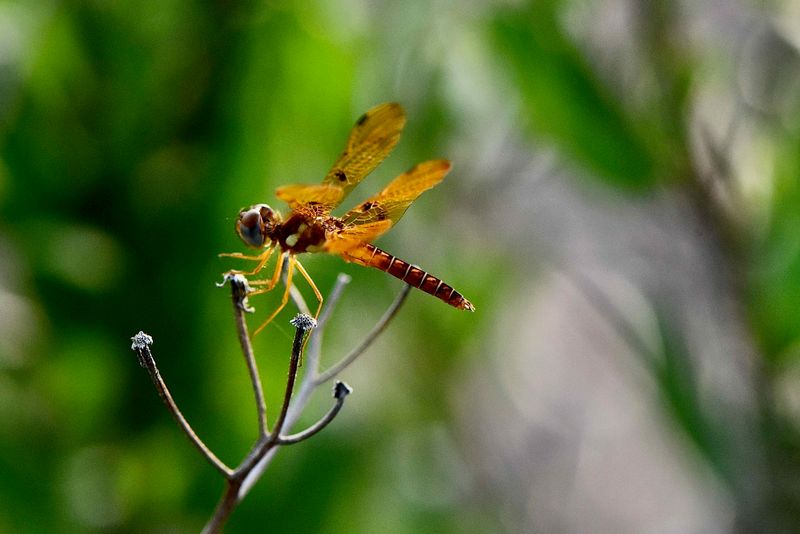
Gliding effortlessly through the sunlit meadows, the Amber-winged Dragonfly is a breathtaking spectacle. Its semi-transparent wings shimmer with a golden hue, reflecting the light in a dazzling display.
This little aerial acrobat is not just a pretty face; it’s a skilled hunter, capturing mosquitoes and small insects mid-flight. Observing its swift maneuvers can be mesmerizing.
Did you know that dragonflies have been around for over 300 million years? In Sequoia, they add a touch of ancient elegance to the park’s vibrant tapestry. Keep an eye out for their graceful dance on your next visit!

